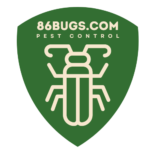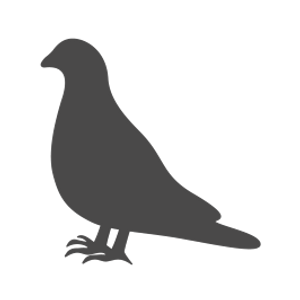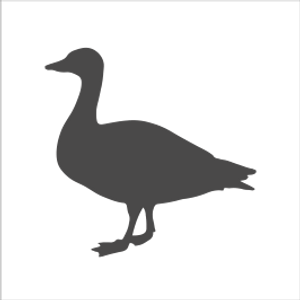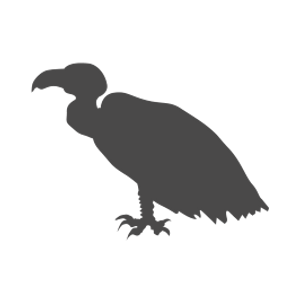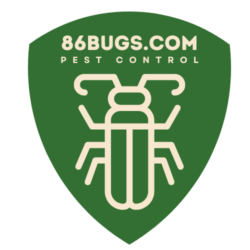Avian Nuisance Mitigation
Geese
86Bugs control products help get rid of geese easily. Our Geese deterrents are affordable and proven heavily effective.
As graceful as they appear in flight, Canada Geese pose a costly nuisance for many property owners. A growing number of national wildlife organizations suggest taking an “integrated” multi-faceted approach to deter geese. Altering geese behavior continues to be more effective than lethal or harmful means. Identifying and altering/removing the “geese-attractive” features of your property, combined with professional-grade goose repellents and Geese deterrents, comprise the most effective way to solve your Canada Goose problem.
Information About Canada Geese
Canada Geese are large water birds with a long neck, large body, large webbed feet, and a wide, flat bill. They have a black head with white cheeks and chinstrap, black neck, tan breast, and brown back. With a wingspan from 4.2 to 6.1 feet, they can weight up to 14 pounds. They are found near lakes, rivers, ponds, or other small or large bodies of water. The birds graze on submerged aquatic vegetation by reaching under the water with their long necks. Wild food plants include pondweed, bulrush, sedge, cattail, horsetail, clover and grass. They will also eat agricultural crops, including alfalfa, corn, millet, rye, barley, oats, and wheat. The Canada Goose can quickly become a problem to any homeowner, property owner, golf course groundskeeper or park superintendent. Each year the Canada Goose migrates from north to Canada and the northern Us where it breeds in a variety of habitats. Often times the geese decide to use your property as their breeding ground and grazing site. They can soon destroy your lawn, contaminate your pond and make your property downright dangerous to walk on. Luckily there are humane and effect geese deterrents that will scare the geese away and keep them away from your property.

How to Get Rid of Canada Geese
Types of Goose Deterrents
Liquid Goose Deterrents use the sense of taste to get rid of the geese. They are made using methyl anthranilate, a grape extract that is sprayed on the lawn to give it a flavor that the geese do not like. This substance irritates the goose’s trigeminal nerves and mucous membranes and causes them to leave the area searching for a better grazing site.
Sound goose deterrents and visual goose deterrents can be used in tandem with the liquid goose deterrents to keep geese off areas that they are a problem. Sound deterrents play LOUD distress and predator calls that when heard by the geese cause them to flee the area for a safer spot to graze and raise their young. Coyote decoys are also effective in scaring geese away. The coyote is a natural predator of geese. They love to go after the eggs and goslings of a mating pair; using the coyote decoys on your lawn will trigger the instinct of fear and the geese will leave for a safer home.
Before Installing any Goose Control or Goose Deterrents
- It is important to thoroughly clean up any bird droppings or nesting materials as geese are attracted to the scent of their droppings and nests.
- Remove any food source - Geese are grazers and generally attracted to areas near water that provide an ample food source like grass. Treating lawn areas with Avian Control Bird Repellent discourage geese and convince them to look for a new food source.
- Clear away reeds or plants. Canada Geese prefer a secure, protected area for nesting. Removing tall reeds or vegetation can help decrease a goose infestation.
- Increase the angle of an embankment near water can help discourage geese from entering your property.
